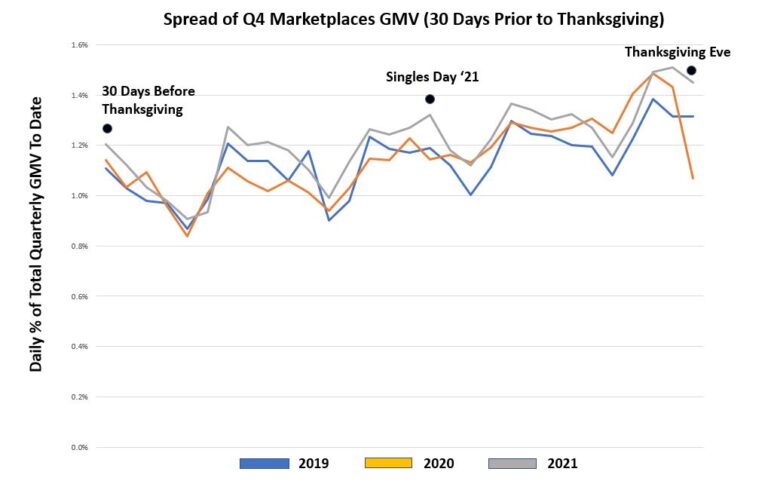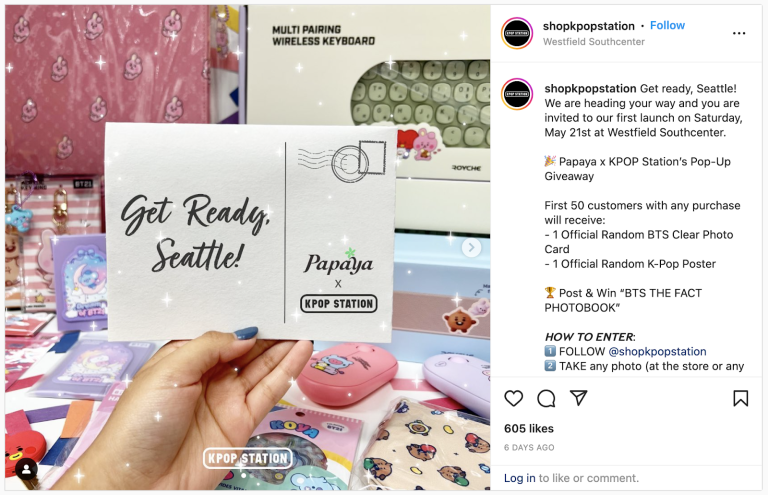
Titles. Descriptions. Images. Reviews. Online shoppers view, click, read, study, zoom in — and decide whether or not to buy.
The content on a product page provides one last pivotal point before a sale is made… or abandoned.
For brands, delivering content — that fundamental element of any successful online purchase — to retailers is a lot less straightforward than it sounds. And in e-commerce environments that generate multifaceted tasks that brands and retailers must juggle, content often receives far less attention than it deserves.
In this series, we’ve been exploring the four essential pillars to help brands drive revenue and improve performance in their retail partnerships. We’ve discussed assortment and stock performance, pricing and promotions, and, most recently, search performance. Now, to conclude our lineup, we’ve reached one of the most critical ingredients: content and reviews.
Representing your products in the best light possible consistently ranks as one of the top priorities for any brand. However, doing so through a retail network is not as simple as it is on a brand website. You just can’t exercise the same control over presentation and messaging, and your products have to share the spotlight. Furthermore, distributing content to your retailers efficiently poses a challenge. And even with a small distribution network, it’s a massive amount of work to check that your product content — images, titles, descriptions and more — is compliant with your guidelines and recommendations.
User-generated content, such as ratings and reviews, also plays a significant role in enforcing product — and, ultimately, brand — credibility and influencing purchasing decisions. Shoppers rely heavily on reviews and ratings from fellow consumers. In fact, a product with just five reviews can have a 270% higher conversion rate when compared to one with zero reviews.
Why prioritize content performance and customer reviews?
Why should brands focus on content at the retailer level? It’s all about the bottom line: feedback from other consumers and content presentation affect sales. Poor performance in this area absolutely will increase hesitancy in buyers and will cost sales.
The influential nature of content and reviews can be felt in a number of ways, including:
- Conversion rates. Once a customer reaches the product page, content and reviews can seal the deal. Great content answers questions, convinces hesitant customers and spurs purchasing action. Poor content or reviews can dissuade potential buyers.
- Brand image. High-quality content heavily influences consumer perception of a brand. Lackluster content sows seeds of doubt.
- Brand awareness. Even shoppers who don’t visit your pages will come across your products while browsing search results and retailer sites. Distinctive and memorable product page titles and images can help progressively improve brand awareness.
- Listing traffic. Optimized titles and hero images can also increase click-through-rates from search results. Also, on most retailer sites, excellent product content may influence your products’ placements in search results.
- Return rates. If your content accurately and clearly reflects key information about your products, misunderstandings, and the resulting returns that accompany them, will be reduced.
What happens if I just let content and customer reviews happen? Why not just go with the flow?
Generating solid, informative content requires a lot of work — and so does monitoring customer reviews and ratings. It’s tempting to let retailers manage content and customer feedback while you focus on offering a high-quality product. However, if you don’t implement processes to continually monitor and improve content, a few undesired consequences may emerge, such as the following:
- Retailers could disregard the content you send and post pages with minimal, inaccurate or outdated content
- Retailers could alter your images and texts, posting content that is no longer compliant with your brand standards
- Lackluster titles and descriptions could drag down your search performance
- Retailers could include false claims in the descriptions, putting your brand at legal risk
- Product returns could spike if customers become confused by erroneous content
- Negative reviews on some of your products could build and intensify in areas where you could have posted a brand response or immediately addressed the issue
- Poor reviews could lower performance
How can brands improve content and customer reviews at the retailer level?
As a brand looking at retailer sales through the lens of developing a healthy customer funnel, the product page is the last area you can reasonably influence. It’s important to take every action you can to create, maintain and nurture high-caliber content at this critical touchpoint.
Address priority reviews in a timely manner. Some reviews, such as very poor reviews or those specifically asking for a reply, require your immediate attention. Implement a process to ensure reviews are addressed quickly and appropriately. In some cases, bad reviews equate to a paused listing, if they can deter any motivated prospective buyer. Not all retailers let you directly reply to reviews, but there is an array of potential solutions you can explore.
Identify product pages with low average ratings and plan corrective action. An accumulation of mediocre ratings can lead to a decrease in search performance, click-throughs and purchases. Depending on the context, you could work to boost sales and positive reviews with a promotion or couponing, use a paid service to generate authentic reviews, attempt to remove inappropriate reviews, or, when allowed by the retailer, add a note to the product packaging to encourage customers to leave feedback.
Ensure your product pages have approved and up-to-date assets. Often, you end up sending brand and product assets to retailers via email, Excel templates or file shares — and hoping for the best. Actively supervising the implementation of your content at retailers will ensure that the pages end up using the right assets, that they get updated in a timely manner and that out-of-compliance materials get taken down from pages.
Make the most of content and rich content opportunities. Product page content affects conversion rates, search performance and brand image, and you should make the most of all the opportunities you get, even if those opportunities may vary among retailers. Use the full text length for descriptions and titles, all allowed images, 360° pictures, videos, rich content and whatever else is offered by each individual retailer. Some retailers charge a fee to let you use rich content on pages, so it’s especially important that you track its implementation.
Optimize page content to improve search result appearance (and increase click-throughs). Each retailer has its own way of displaying search results — for example, elements like picture size can vary greatly. Therefore, optimizing search result appearance is not the same as improving page content. You’ll need to analyze your options and approach optimizing each retailer separately.
We recommend creating a scorecard for your retailers to help you track retailer performance in this area over time. Set monitoring activities at regular intervals to help you implement and monitor strategies at the retailer level and view progress. These actions can help you build tools to guide future decisions in discussions with retailer teams.
We hope you’ve enjoyed this series and gained tips to help you foster healthy retailer relationships and strengthen sales.
Don’t miss insights on the latest trends and news in our industry! Subscribe to the ChannelAdvisor blog and join a community committed to excellence in e-commerce.





